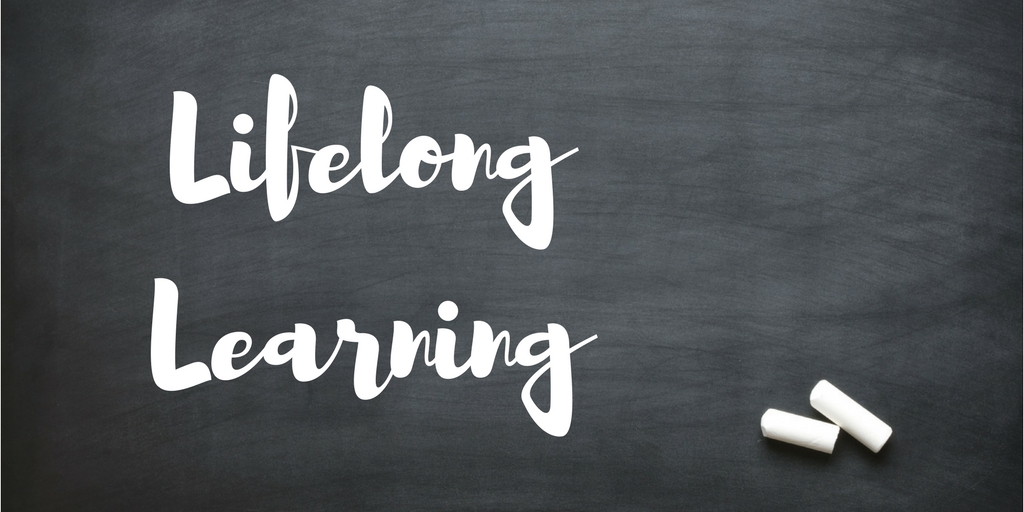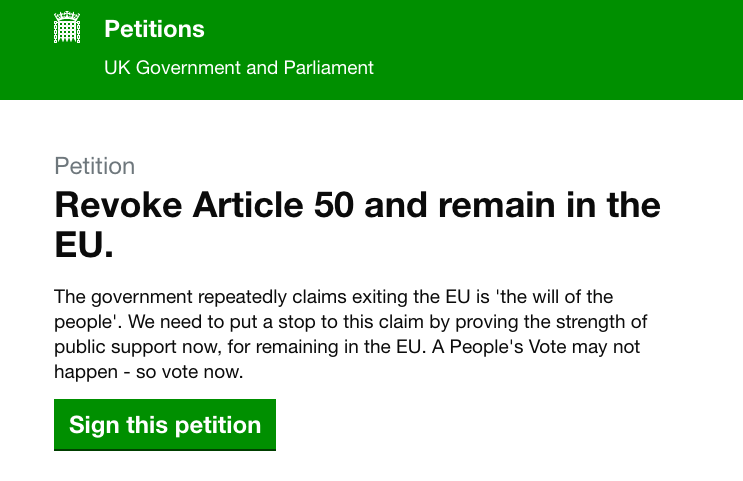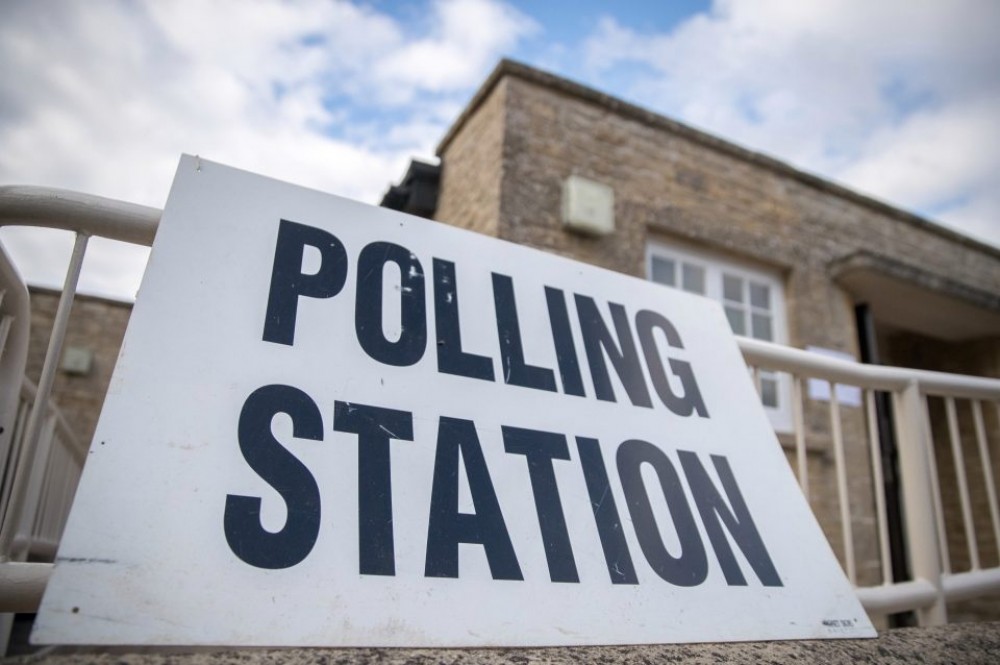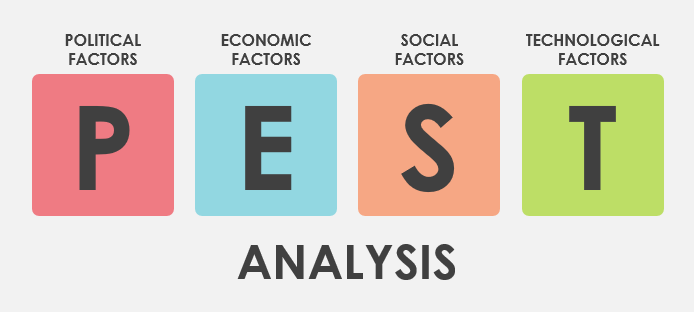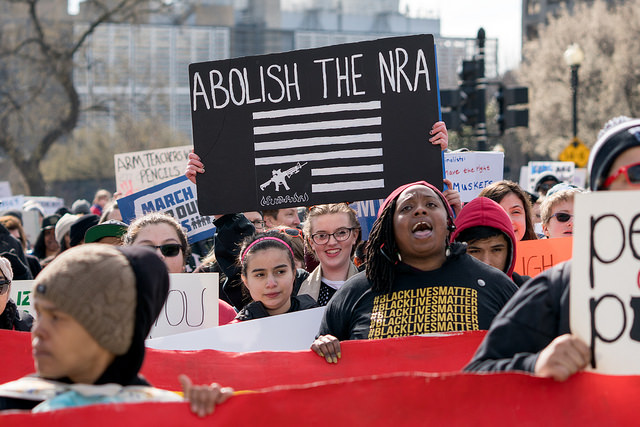Starting out as a campaigner it often easy to take the position that all companies are your opponents – and on some issues, they remain the major perpetrators of human rights abuse and environmental destruction.
But that assumption can prevent campaigners from exploring how companies are getting more involved in campaigning – and potentially missing opportunities for creative partnerships to secure change.
Without looking for it, here are 6 (and a half) ways that I’ve spotted the companies are starting to campaign that have crossed across my Twitter feed in the last few weeks;
1.The Activist CEO – primarily a phenomenon in the US, as this article suggests an increasing number of CEOs are speaking up on ‘thorny social and political discussions about race, sexual orientation, gender, immigration, and the environment‘. Active at suggesting that they will move their companies resources or investment decisions away from states where they disagree with specific policies – for example PayPal decided not to locate a new global operations center in Charlotte when North Carolina passed a law requiring people to use the bathrooms corresponding with the gender on their birth certificates, which became a referendum on transgender rights.
2. The Activist Employees – seen most recently when a group of over 4,000 staff at Amazon came together to add their names to an open letter calling on the company to do more to respond to climate change, but it’s a trend that is growing, as this graphic from Wired magazine at the end of last year shows.
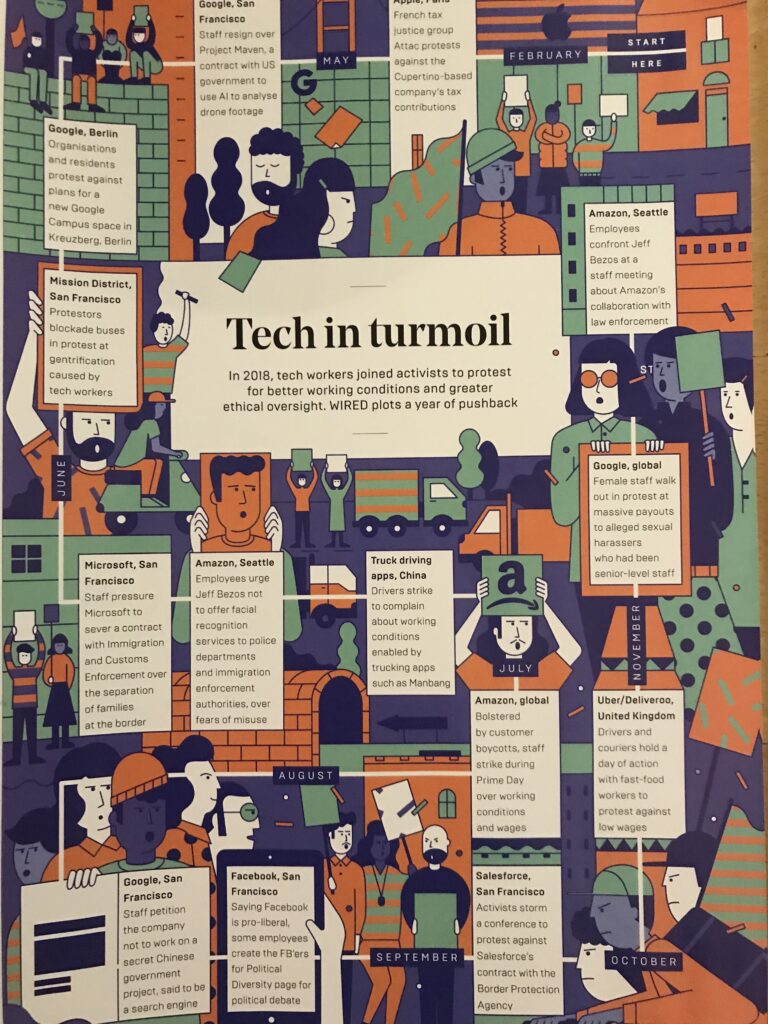
With companies like Google, Facebook and Amazon all being on the receiving end of its employees, but as this amazing documentary, which tells the story of the Rolls Royce workers in Scotland who refused to service the engines of jets used by the Chilian dictator, General Pinochet, shows its not a new tactic, but it can be a very effective one.
3. The Mobiliser – I’ve written about this before, an approach which sees companies like Uber, Airbnb and others turn their customers into campaigners for them – apptivists, or as this article explores, brobilize — thousands of people via a simple email or push notification to blast targeted messages to their elected officials
Using the relationship they have to invite customers to take action to help to further a companies goals – seen for example in 2018, when Uber asked London based user to petition. Rarely (if at all) have we seen companies use their platforms to advocate for causes beyond those that will benefit them, although, in the US, Uber and Lyft have both offered ‘free rides’ to polling stations during elections.
4. The Partnership – perhaps the most traditional approach that sees a corporate partner of a charity endorse or supports a campaign by promoting it, for example, Malaria No More have used their partnerships with companies like Rentokill and Fever Tree to promote their latest voice petition to a wider audience.
A more integrated example of this might be Scope’s partnership with Virgin Media, as part of its Work With Me campaign where as well as leveraging the marketing channels that Virgin, it was also able to work alongside them to look to implement their campaign calls for employers to think and act differently about disability in the workplace.
Linked to this is a variation, The Platform, for example, Netflix recent partnership with WWF to produce the One Planet set of documentaries seems to be a perfect example of this, where a company is able to use the platform it has to provide start a conversation on an issue.
5. The Funder – when a company makes supporting activism around a specific issue or set of issues an explicit part of its mission. Good examples of this would be clothing brand Patagonia which has been an active funder and supporter of environmental campaigns for years (I remember collecting a vote for the environment sticker when I visited a store ahead of the 2004 US elections) but something that is has increased since the election of Donald Trump and as this article explore its a very deliberate strategy.
In the UK, the handmade cosmetics brand, Lush is probably the closest equivalent which has a long history of both funding activism, but also using it’s stores and platform to push campaign messages and has built campaigning into the heart of its brand as a company.
6. The Policy Pioneer – when before launch or early during a campaign a company comes out in support of a campaign ask, helping to split the pack on an issue, and providing the opportunity to demonstrate to others that it’s possible to be achieved – for example, when Sainsbury’s first committed to Fairtrade Bananas it was seen as a significant or Starbucks introducing a charge on paper cups it showed support for a ‘latte levy’.

